More than Numbers: Listening to Young People’s Lived Experiences in the Population Conversation
[Originally posted as a Search Institute Connect Blog Post here]
How might support from family, community members, and peers influence young people’s sexual and reproductive health knowledge? Or, how might internal attitudes such as having a positive self-identity be related to gender roles for boys and girls? And, how might the lived experiences of rural youth in one African nation inform the broader, sometimes abstract, global conversation about young people’s healthy development?
These are important questions to consider on July 11 during the United Nations’ World Population Day, which focuses this year on the importance of holistic investment in young people.
Search Institute’s current study in partnership with the Institute for Reproductive Health (IRH) at Georgetown University and United States Agency for International Development (USAID) examines those questions and more. Search Institute is looking at the connections among relationships, opportunities, values, self-perceptions, and attitudes across young people’s lives, also known as Developmental Assets, and attitudes and knowledge about gender, sex, and reproductive health among children and youth ages 10-14 in northern Uganda.
This study is timely, as this year’s World Population Day focuses squarely on young people. In fact, youth make up more than a quarter of the global population—and an even greater proportion of the general population among low-income countries.
Meaningful recognition of youth as people is too often lost as we talk “population.” The discussion is often framed in the negative: Uganda’s population, if it continues growing at its current rate, will increase or even double in the next 20 years. Uganda’s total fertility rate (a common population statistic looking at number of live births per 100,000 people) was the fifth highest in the world in 2012. In northern Uganda (the country’s poorest region, and the site of our study), the total fertility rate is even higher, at 6.2 births per 100,000 women. If we understand these numbers in terms of conventional conversations around population growth, they would be seen as negative, leading to “too big” of a population.
However, this year’s focus recognizes youth as key actors in demographic trends, who ultimately know best what they think and feel about their lives. Population statistics must be understood against the backdrop of their lived experiences, including armed conflict, which has left an impact on many young people in northern Uganda. How do such experiences—as well as the external supports and relationships, and internal values and beliefs young people have—relate to the larger conversation of individual youth’s decisions about reproductive and sexual health, regardless of what population-level numbers say about the fertility rate? Beyond that, what do individual young people in northern Uganda think and feel about their lives, relationships, and decisions?
Together with IRH, we have just finished collecting data from in-school youth (ages 10 to 14 years old), in order to begin to understand northern Ugandan young people’s experiences, both in terms of reproductive and sexual health attitudes and knowledge, as well as more holistically across their relationships and internal values and beliefs. Our study asks whether reproductive and sexual health knowledge, attitudes, and choices are connected to key internal strengths and external supports or Developmental Assets, which we haven’t previously studied outside of a U.S. context.
To measure these things, it’s important to adapt the survey and methods to local contexts and languages. Extensive fieldwork was conducted in partnership with a research team based in northern Uganda, aimed at assessing the relevance of Search Institute’s Developmental Assets Framework, and adapting the institute’s widely used Developmental Assets Profile (DAP) for use with young people in this region.
We will share results in the coming months. On World Population Day, we want to recognize youth as decision makers and leaders—the faces behind and shapers of larger global demographic trends. No matter what the larger population trends, individual young people are already making decisions of great importance for their well-being. Let’s listen to what they have to say.
—
This project is made possible by the generous support of the American people through the United States Agency for International Development (USAID) and the Georgetown University Institute for Reproductive Health. The contents are the responsibility of the authors and do not necessarily reflect the views of USAID, the United States Government, or Georgetown University.
 Where We Work
Where We Work  Press Room
Press Room 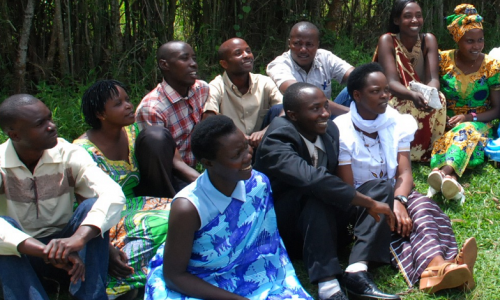 FACT Project
FACT Project 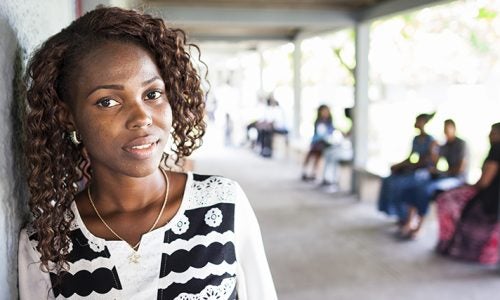 Passages Project
Passages Project 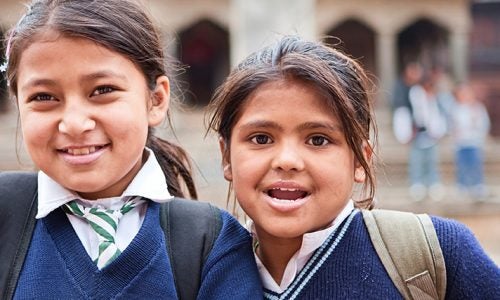 Learning Collaborative
Learning Collaborative  Search All Resources
Search All Resources 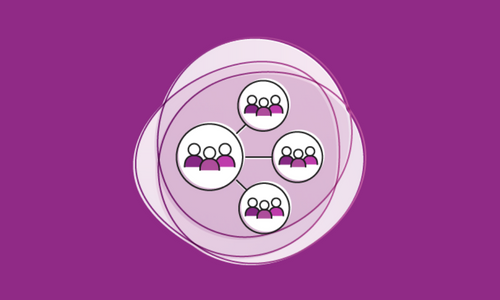 Social Norms
Social Norms 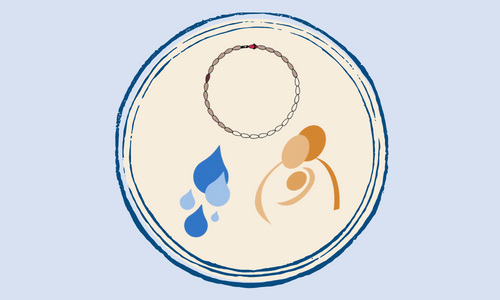 Fertility Awareness Methods
Fertility Awareness Methods